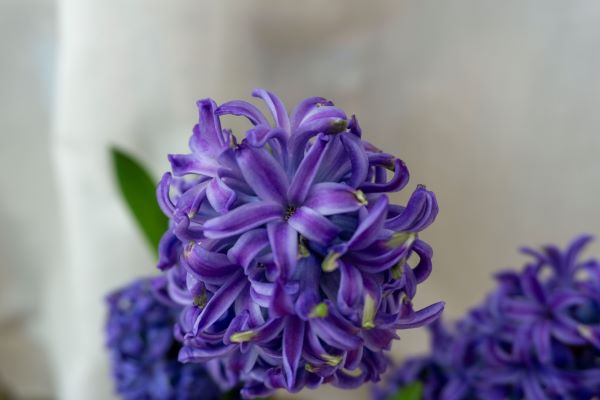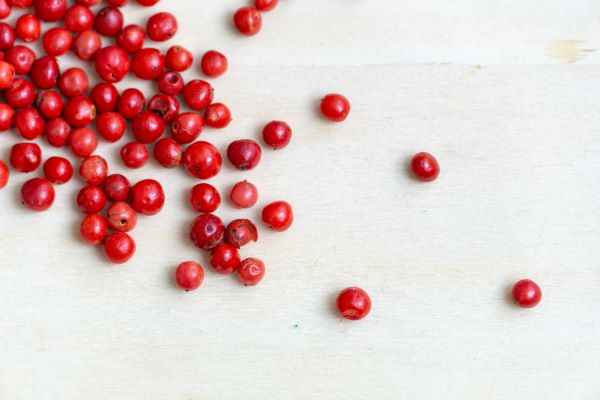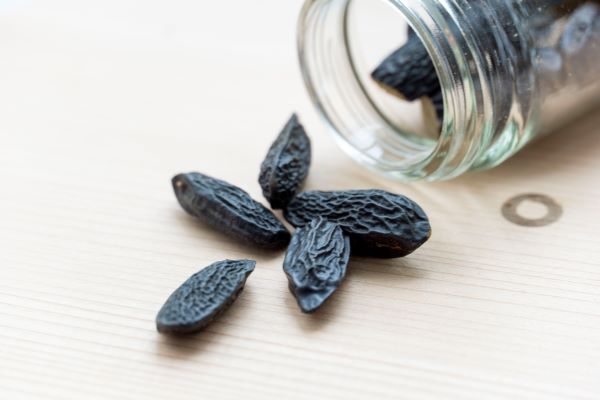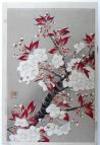Osmanthus, Kinmokusei, Fragrant Olive and Its Perfumes
To inspire those of you who will be taking my Osmanthus classes.
Once the weather turns cool in Tokyo, a sweet perfume fills its streets. It escapes from the parks and enclosed gardens and for a few weeks it becomes a familiar presence in a city better known for its skyscrapers, electronics and cuisine than for its flowers. The tiny blossoms that give Tokyo its aroma are easy to miss, but the perfume is so vivid that osmanthus is sometimes called “a ten mile fragrance” tree. In Japanese, it’s known as kinmokusei, and in English it may be referred to as a “fragrant” or “Chinese” olive, hinting at the plant’s origins, but by any name, the aroma of ripe apricots, jasmine petals and leather is irresistible.

Perfumer Jean-Claude Ellena was likewise enchanted by osmanthus, and he chose to pair it with a tea note in his fragrance for Hermès, Osmanthe Yunnan. Although Ellena was inspired by a visit to the Forbidden City in Beijing, his creation captures my memories of Tokyo in autumn. Every element in the perfume is delicately rendered, from the fruity notes that recall the softness of peach skin to the transparent white blossoms soaked in tea. The marriage of tea and osmanthus is a classical one, because both ingredients play up each other’s facets of fruits, woods, sweetness and bitterness. Osmanthe Yunnan is a happy perfume, and whenever I put it on, I feel as if I’ve stepped into a pool of sunlight.




















Klaas in Perfume To Brighten Up Your Spring Days: I just discovered Le Jardin de Monsieur Li! Such a lovely, zingy jasmine! I am not much of a floral guy, but this perfume is such a treat! Spring in… April 19, 2024 at 3:36pm